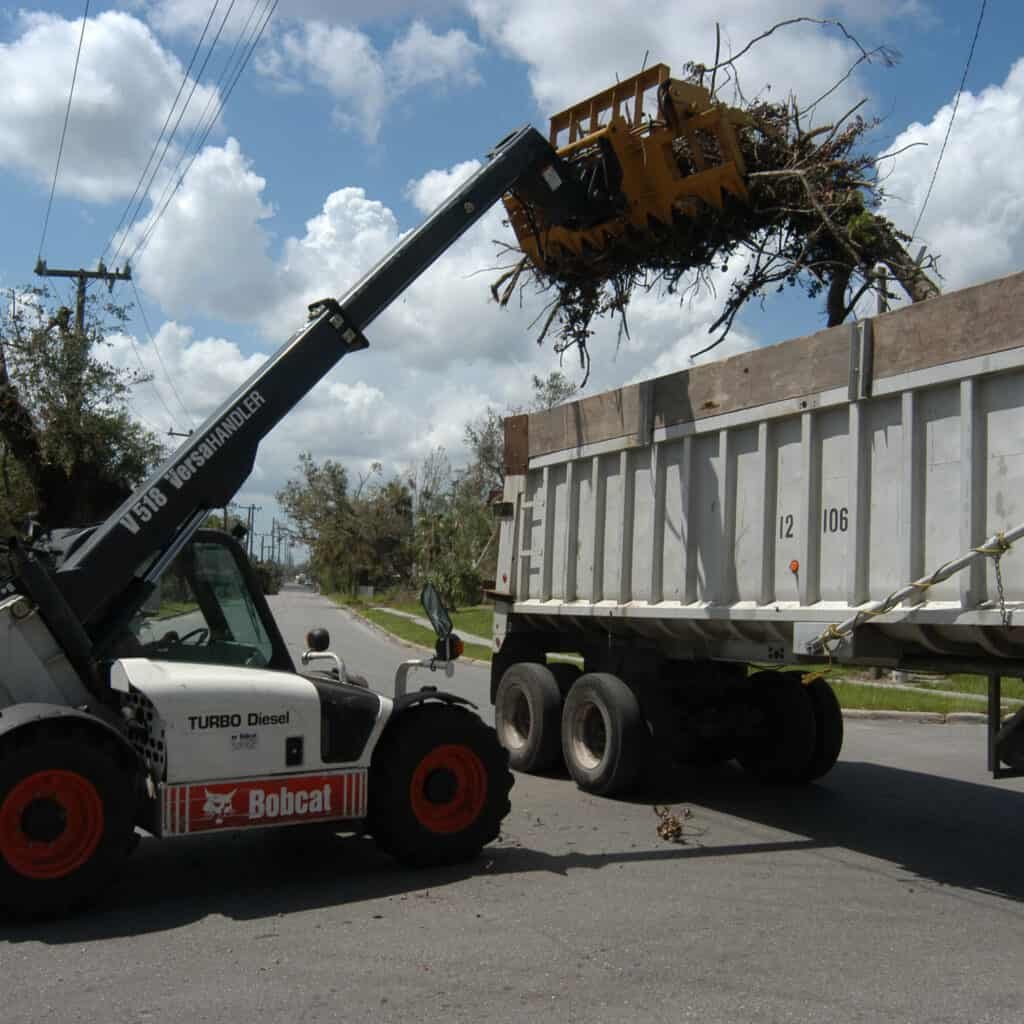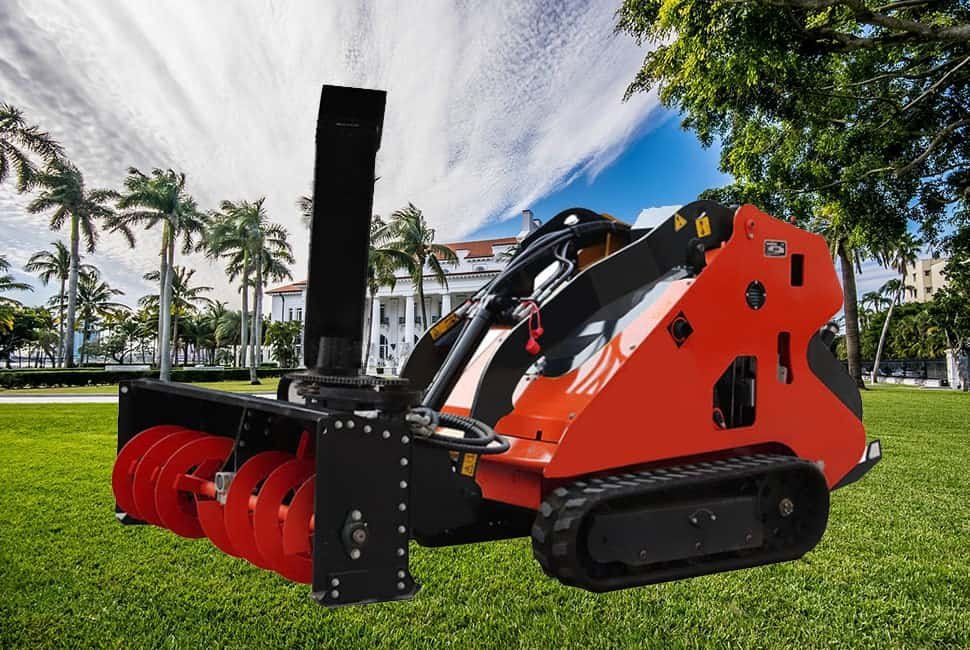Introduction
Are you a new operator of a Chinese Telescopic Loader or planning to become one? Operating heavy machinery like a Chinese Telescopic Loader can be a rewarding experience, but it comes with significant responsibilities. To ensure your safety and the efficiency of your work, it’s crucial to be aware of the most common mistakes that operators make and learn how to avoid them.
In this blog, we’ll explore the top pitfalls to watch out for in understanding load capacity, proper load placement, considering ground conditions, communication lapses, unsafe speeds, and neglecting maintenance. By familiarizing yourself with these crucial tips, you’ll be better equipped to handle the challenges and excel in operating a Chinese Telescopic Loader.
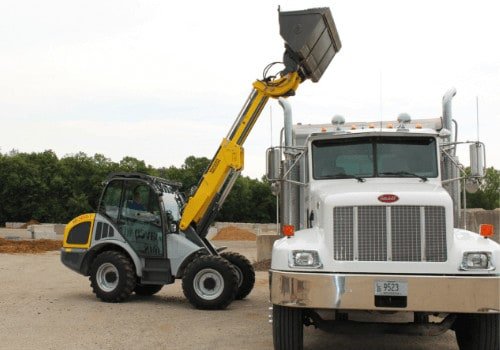
Understanding Chinese Telescopic Loaders
As you delve into the world of Chinese Telescopic Loaders, you must grasp the basics of these versatile machines. Chinese Telescopic Loaders, also known as telehandlers, are robust construction equipment designed to easily handle heavy loads. Their unique feature lies in the extendable boom, which allows for impressive reach and lift capabilities.
You can find them in various industries, from construction and agriculture to logistics and material handling. Understanding Chinese Telescopic Loaders’ fundamental purpose and functionality lays a solid foundation for safe and efficient operation.
Main Components of a Chinese Telescopic Loader and Their Roles
To operate a Chinese Telescopic Loader effectively, familiarize yourself with its key components and functions. The most prominent element is the extendable boom, enabling vertical and horizontal movement of loads. A crucial part, the hydraulic system, powers the boom’s extension and retraction and the lifting and tilting of attachments.
The stabilizers stabilize during lifting operations, while the front carriage securely holds the forks or attachments. Additionally, the cab houses the operator, offering a clear view of the surroundings. Knowing the roles of these components ensures a better grasp of how the Chinese Telescopic Loader operates and enhances your overall performance.

Safety Precautions
Paramount Importance of Safety When Operating a Chinese Telescopic Loader
Safety should always be on your mind when operating a Chinese Telescopic Loader. This powerful machine demands utmost caution and adherence to safety protocols. One wrong move can lead to disastrous consequences, not only for you but also for those around you. Prioritize safety above all else, and never take shortcuts or overlook safety measures while operating the Chinese Telescopic Loader.
Essential Safety Guidelines, Including Wearing Proper Personal Protective Equipment (PPE)
Personal Protective Equipment (PPE) is your first defense against potential hazards. Always wear the appropriate gear, including a hard hat, high-visibility clothing, steel-toed boots, and gloves. These items shield you from falling objects, impact, and other on-site dangers. Don’t compromise on PPE; it could be a lifesaver.
Conducting Pre-operation Inspections to Identify Potential Issues
Before you even start the Chinese Telescopic Loader, conduct thorough pre-operation inspections. Check for any signs of wear and tear, hydraulic leaks, or malfunctioning parts. Identifying potential issues beforehand helps prevent breakdowns and accidents during operation.
Make it a habit to inspect the machine meticulously each time, ensuring you address any concerns promptly before they escalate into bigger problems. Your diligence in pre-operation inspections can make a significant difference in ensuring a safe and smooth operating experience.
Common Mistakes to Avoid
Failure to Understand Load Capacity
Failing to grasp the load capacity of a Chinese Telescopic Loader can lead to disastrous outcomes. Exceeding the load limit puts immense strain on the machine, compromising its stability and structural integrity. This jeopardizes your safety and risks damage to the equipment and potentially costly repairs. Always adhere to the manufacturer’s load capacity specifications and never attempt to lift loads beyond the machine’s capabilities.
Understanding how to calculate the load capacity of a Chinese Telescopic Loader is vital for safe operations. Consider the weight of the load, the distance from the center of the machine to the load’s center of gravity, and the boom’s extension length.
Factors such as the machine’s angle, terrain conditions, and wind speed can also influence load capacity. Familiarize yourself with load charts provided by the manufacturer to ensure you operate within safe limits at all times.
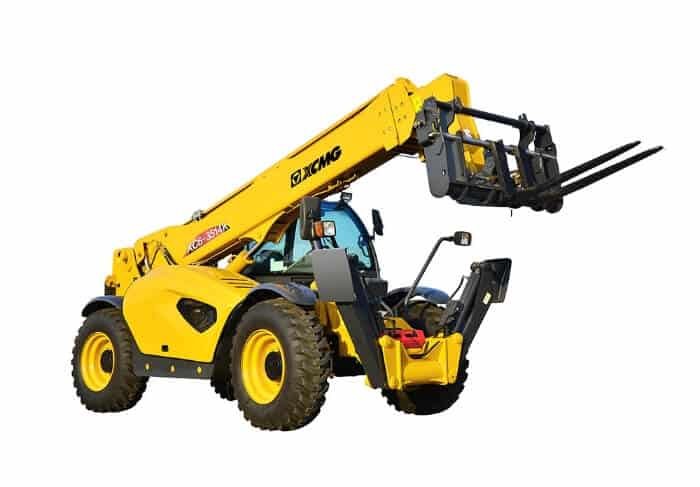
Improper Load Placement
Placing the load incorrectly on the forks or bucket can lead to unbalanced loads, increasing the risk of tipping over. This poses a severe danger to both the operator and anyone nearby. Avoid overloading one side or the front of the Chinese Telescopic Loader, as it can cause instability and loss of control. Always center the load on the forks or bucket and distribute the weight evenly for optimal stability.
Consider the load’s dimensions and weight distribution to ensure proper load placement. Position the load closer to the mast when lifting heavier objects and extend the boom only when necessary to maintain balance.
Take extra care when working with bulky or asymmetrical loads, and use attachments, like load-leveling devices, when appropriate. Proper load placement ensures your safety and improves your efficiency and productivity.
Ignoring Ground Conditions
Neglecting to account for varying ground conditions can significantly impact the stability and performance of the Chinese Telescopic Loader. Different terrains require different operating techniques, such as soft soil, uneven surfaces, or slopes. Failure to adapt can lead to tipping or sinking, jeopardizing the operator’s safety and causing damage to the machine.
Stay vigilant and adjust your operation techniques based on the terrain. Avoid operating on steep inclines unless necessary, and use stabilizers when working on uneven ground. Be cautious of hidden obstacles beneath the surface that could affect stability. By being mindful of ground conditions, you can safely navigate diverse environments and maximize the Chinese Telescopic Loader’s capabilities.
Inadequate or No Communication
Communication is key to a safe working environment when operating a Chinese Telescopic Loader. Failing to establish clear communication channels with ground personnel can result in accidents and collisions. Misinterpreting signals or commands can lead to improper movements, risking lives.
Prioritize effective communication by using standardized hand signals or radio communication systems. Ensure that everyone involved is familiar with the signals and protocols. Verify that the communication devices are in good working order before operating. By establishing clear lines of communication, you can prevent misunderstandings and enhance safety on the job site.
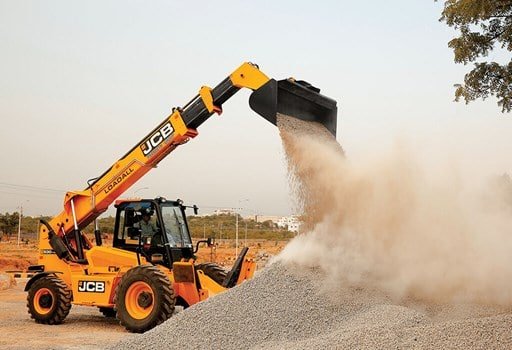
Operating at Unsafe Speeds
Operating the Chinese Telescopic Loader at excessive speeds compromises control and increases the risk of accidents. Moving too quickly while carrying a load can cause it to swing uncontrollably, leading to collisions or tip-overs. Avoiding proper speed limits while navigating the job site can endanger everyone nearby.
Adhere to safe and controlled operating speeds at all times. Adjust your speed according to the load, terrain, and visibility conditions. Maintain a slow and steady pace during maneuvers and avoid abrupt starts or stops. By prioritizing safe speeds, you’ll have better control over the machine and minimize the chances of accidents.
Neglecting Maintenance and Inspections
Regular maintenance and inspections ensure optimal performance and longevity of the Chinese Telescopic Loader. Neglecting these crucial tasks can result in unexpected breakdowns, reduced efficiency, and compromised safety.
Create a routine maintenance checklist and adhere to it diligently. Regularly inspect the machine for wear and tear, leaks, or damaged components. Address any issues promptly and follow the manufacturer’s maintenance schedule. Routine maintenance keeps the Chinese Telescopic Loader in top shape and contributes to a safer and more productive work environment.
Training and Certification
Value of Proper Training for Chinese Telescopic Loader Operators
Proper training is indispensable to becoming a skilled and responsible Chinese Telescopic Loader operator. It equips you with the knowledge and expertise to safely and efficiently handle the machine. Through comprehensive training, you better understand the Chinese Telescopic Loader’s functionalities, safety protocols, and operational best practices.
This knowledge reduces the risk of accidents and enhances your productivity on the job. Investing in training allows you to develop confidence in your abilities, enabling you to easily tackle various challenges.
Benefits of Obtaining Relevant Certifications and Licenses
Obtaining relevant certifications and licenses further validates your Chinese Telescopic Loader operator competence. These credentials serve as proof of your proficiency and adherence to industry standards. Many employers prioritize hiring operators with proper certifications, making you a more attractive candidate in the job market.
Additionally, certifications often need to be renewed periodically, encouraging operators to stay updated with the latest safety guidelines and best practices. As you earn certifications, you also open up opportunities for career advancement and higher-paying roles.

Reputable Training Resources and Organizations
When seeking reputable training resources and organizations, consider accredited institutions or associations dedicated to heavy equipment operation and safety. Organizations like the National Commission for the Certification of Crane Operators (NCO) or the International Powered Access Federation (IPAF) offer excellent training programs for Chinese Telescopic Loader operators.
Additionally, check with local vocational schools or construction industry training centers that provide specialized courses in heavy equipment operation. Ensure the training programs cover crucial topics such as load capacity calculations, safety procedures, and hands-on practical training.
Choosing a credible training resource or organization can lay a solid foundation for a successful Chinese Telescopic Loader operator career.
Conclusion
Congratulations! You’ve gained valuable insights into the most common mistakes to avoid when operating a Chinese Telescopic Loader. You can ensure a safer and more efficient work environment by understanding load capacity, proper load placement, ground conditions, communication, speed, and maintenance.
Always prioritize safety, undergo proper training, and follow best practices to excel as a skilled Chinese Telescopic Loader operator. Stay cautious, stay informed, and let these lessons guide you toward a successful and accident-free career. Happy operating!
Contact Us today to get a customized telescopic loader for your sites.

